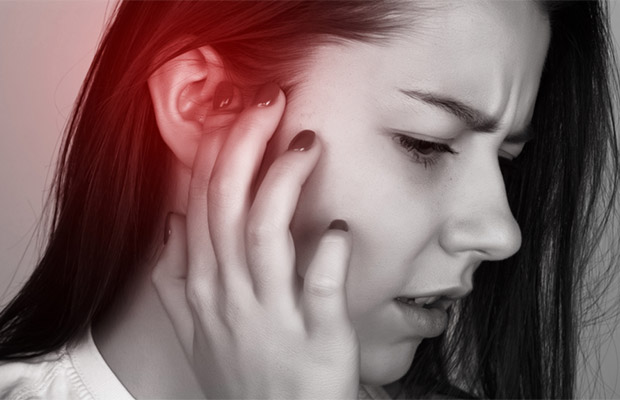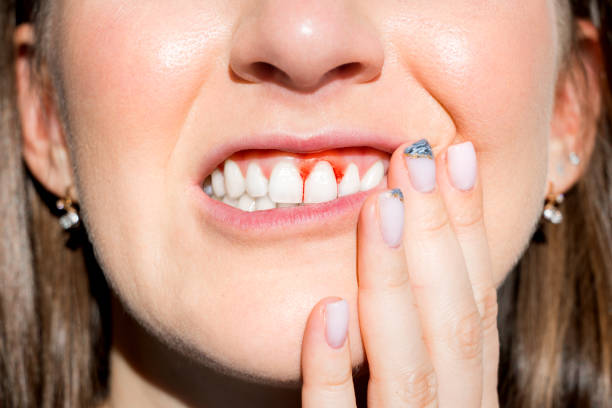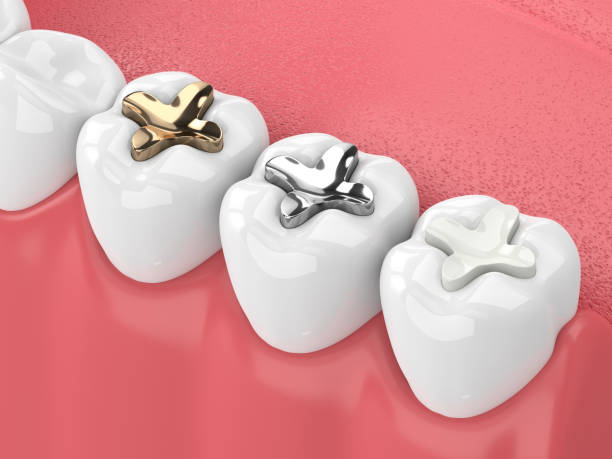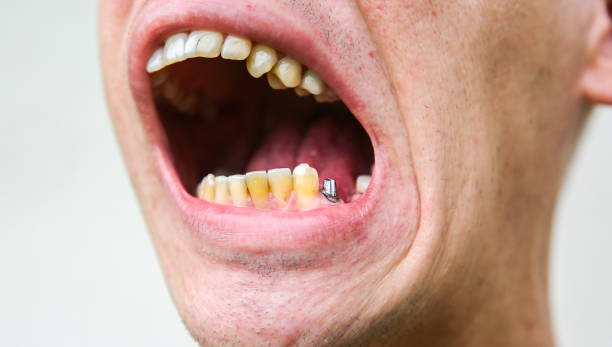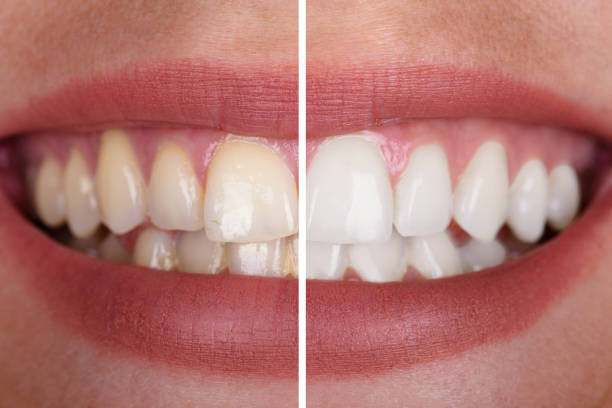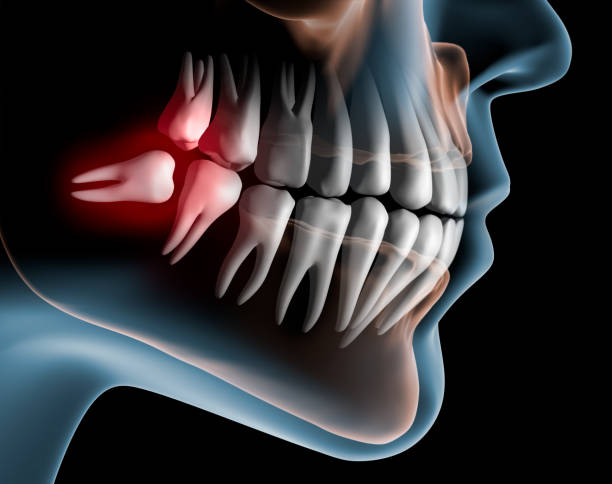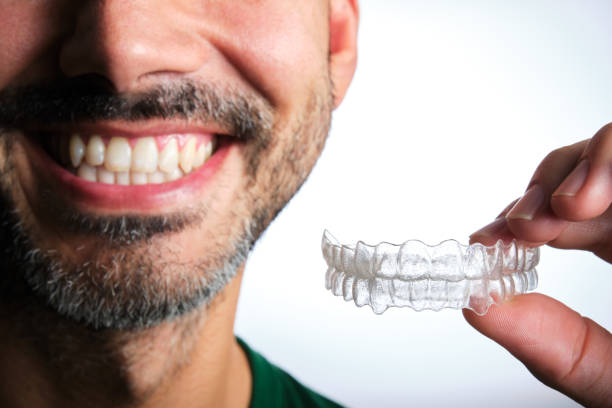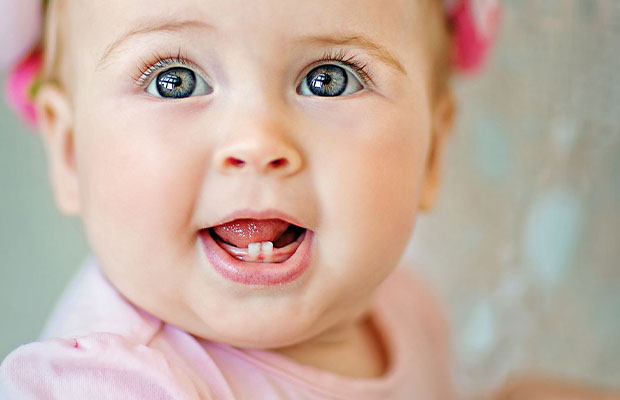Many vertebrates have hard, calcified structures called teeth in their jaws or mouths. As the first stage of digestion, mastication, they are primarily used to aid in the breakdown of food.
Modern birds have very short incubation times compared to dinosaurs, and this evolutionary innovation gave them an advantage over dinosaurs — but it came at the expense of teeth
Although birds do not have true teeth now, they formerly had real teeth at some point in their evolutionary history. Since then, each species-specific bird’s bill has developed into an astounding variety of different sizes and shapes. It’s incredible that modern birds still carry the gene for tooth growth.
This article will introduce why birds lose their teeth, how birds eat, and the more detailed things you should know. Let’s start!
Related Reading: Do Turtle Have Teeth?
Table of Contents
Do Birds Have Teeth?
About 150 million years ago, according to theory, dinosaurs gave rise to the first birds. Dinosaurs at the time had teeth, which the early birds inherited.
However, research indicates that by about 100 million years ago, birds had lost their teeth. Although the precise reason why birds lost their teeth millions of years ago is unknown, some intriguing theories have been put forth.
Discover some of the potential causes of tooth loss in evolving birds by reading on.
Reducing weight is among the most obvious reasons why birds lose their teeth. Other weight-saving techniques used by birds are numerous and essential for flight. Teeth are heavy, and the chewing process also requires strong muscles and a bolstered skull.
Though it is undoubtedly not the whole story, this theory might be partially accurate. Numerous early birds possessed both teeth and the ability to fly, so we are aware of this.
The growth of young birds is a fascinating explanation for why birds lose their teeth. Because teeth take a long time to grow and develop, the theory goes, that they lengthen the period of time that eggs must be shielded and incubated by their parents.
Birds may have improved the survival rate of both eggs and the parent birds by giving up their teeth.

In Place Of Teeth, What Do Birds Have?
Birds frequently have bills that are extremely specialized for their diets and behaviors. There are a dizzying variety of different bill shapes, including some rather extraordinary shapes and sizes. Tomia, or tooth-like structures, are found on the bills of some birds.
For instance, geese have long, serrated tomia on their bills that aid them in trimming the grass and plants they eat. On their upper mandible, falcons have a pair of tomia, which are used to kill their prey.
Additionally, young birds have an “egg tooth” structure on their bills. The hatching bird uses the “egg tooth,” which is actually a sharp, hardened point rather than a tooth, to break free from its shell.
Is It Possible That Birds Grow Teeth?
A mutant chicken with severe limb defects that were incubated in the middle of the previous century perished. The embryo was left unattended in a lab for 50 years before a University of Wisconsin researcher examined it again and discovered it had tiny bumps that appeared to be teeth along the edge of its beak.
The chick, dubbed Talpid, had conical teeth that resembled those of the archosaurs and looked a lot like alligators or crocodiles, adding support for the theory that crocodiles and birds shared an ancestor.
The discovery of a bird with teeth had occurred before. One of the pioneers of comparative anatomy and a French naturalist, Etienne Geoffroy Saint-Hilaire, noticed some embryonic parrots with tiny teeth at the beginning of the 19th century. This observation supported Saint-Hilaire’s theory that modern animals are descended from more primitive species.
A group of researchers from the Universities of Manchester and Wisconsin set out to determine whether chickens still possessed the gene necessary for tooth growth after learning about Talpid’s teeth. In earlier experiments, mice-derived genetic material caused chickens to develop round teeth resembling those of mammals, but it was not established that birds still retained the molar genes of their ancestors.
Scientists activated a tooth gene that had lain dormant for millions of years and caused the growth of teeth in healthy chickens by altering the expression of specific molecules.
As uncommon as the proverbial “hen’s teeth,” mutant chickens that naturally carry this recessive trait never survive long enough to hatch, which means they are never discovered in the wild.
What Makes Some Birds Look Like Having Teeth?
Tomia, which are the cutting edges of a bird’s two mandibles, have developed to resemble teeth in some species to make it easier for them to handle food. Some shrikes and birds of prey have a “tomial tooth” on the upper mandible which they use somewhat like a can opener to sever their prey’s spinal cord. Fish-eating birds, for example, have saw-like serrations that help them grip slippery fish more easily, while seed-eating birds have ridges in their tomia that help them cut through a seed’s outer husk. The upper mandible of the double-toothed kite has two angular slits that resemble teeth, but they are not teeth in the traditional sense of the word because they are not covered in enamel. This gives the kite its name.
Does Bird Chew When Eating?
To start the digestion process and make food much simpler to swallow, we chew our food. Why do birds chew their food without teeth or powerful jaw muscles? In order to find the answer to this query, we must first examine the bird’s internal organs rather than its mouth.
Birds that eat seeds must have a mechanism for breaking down their food and making it more palatable. This procedure starts in the crop, which is a kind of organ for storing food.
Although the food in the crop is not digested, it does soften a little while being stored. Food enters the stomach from the crop where it is broken down by the stomach’s highly acidic digestive juices. The gizzard is where the softened food is “chewed” after moving there.
The bird’s gizzard is a potent organ that is lined with kaolin, a rough, tough tissue. By swallowing small stones and grit, food is crushed in the gizzard of birds.
How Do Birds Eat Without Teeth?
Birds gather food and manipulate it into their digestive systems using their bills, tongues, and gravity. Since they lack hands as we do, they use their specialized bills with amazing dexterity.
For birds to avoid choking, the way they swallow whole foods can be crucial. For this reason, fish-eating birds like kingfishers frequently swallow their prey head first.
In order to swallow a piece of food, birds typically pick it up and tilt their heads back. While seeds frequently need to be crushed and large animal prey needs to be torn into strips, most birds consume their food whole.
Do Birds Eat Whole Things?
The vast array of different foods consumed by birds includes liquid nectar, tiny seeds, large fruits, and even larger animals. For animals without teeth, each of these diets calls for a unique approach!
The majority of birds survive without teeth by concentrating on whole-food sources. However, some birds, such as parrots and raptors, have the ability to crush and tear their food into manageable, ingestible portions.
This skill is crucial for birds that eat large prey, but birds that eat grass or large fruits also need to be able to tear food.


